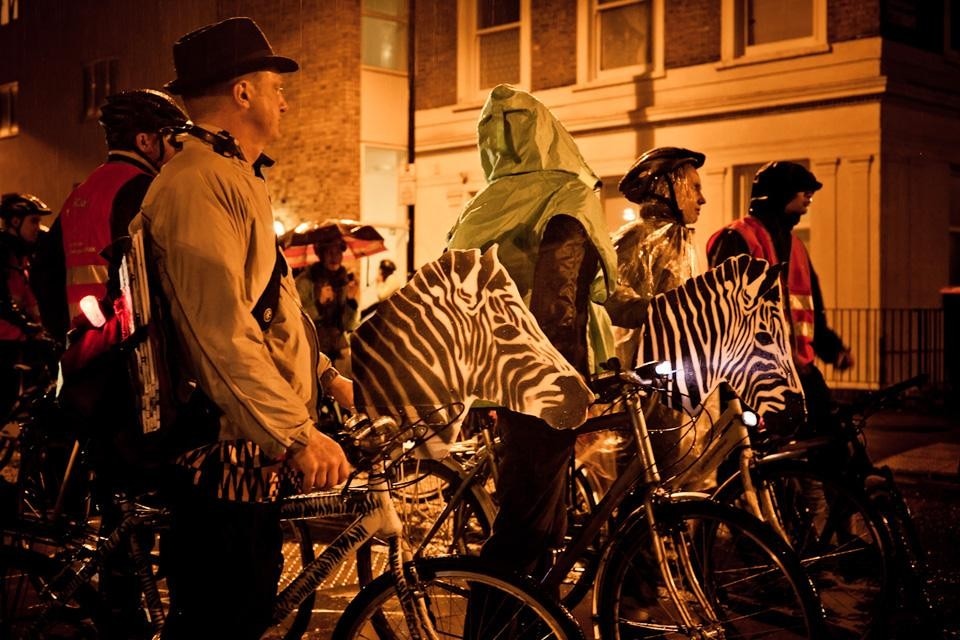They are the participants in the recent Velonotte, a nocturnal tour by bicycle around some of the world's most captivating cities. This time, to coincide with the London Festival of Architecture (LFA), the cyclist-explorers have decided to cross the narrow, dirty streets of the north-east part of the British capital, following the tracks laid out by canals, skirting round the Olympic area and then south to the gates of the Thames.
Velonotte is the brainchild of Sergey Nikitin, a thirty-four year old professor of Architectural History in Moscow who was educated through a series of long study tours around Europe, including the Historical Archives, in Rome, where he lived during his doctorate. In 1997 he set up the Moskultprog association, also known as the "theatre of urban research", organising walks around the major Russian cities. "This became the basis for the Velonotte tours" recounts Nikitin. "together with some interested friends, we organised the first night tour by bike in Moscow in 2007. There were only a few of us but we grew quickly". Actually, Nikitin himself has made the project grow: he convinced first local sponsors, then international sponsors, and called on prominent architects and historians: Velonotte Moscow is now into its fifth edition and has been exported to St Petersburg, as well as Rome.
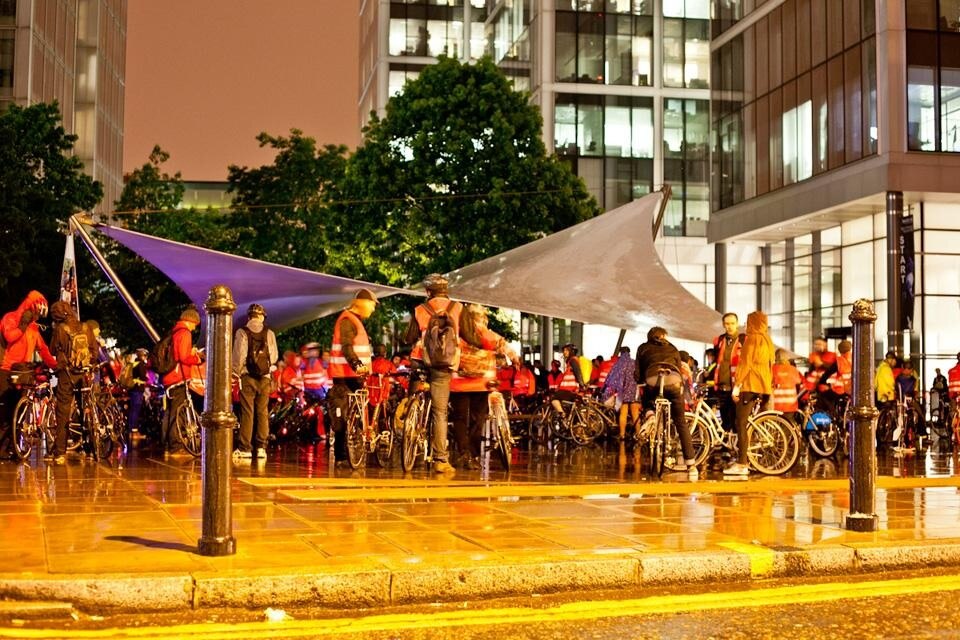
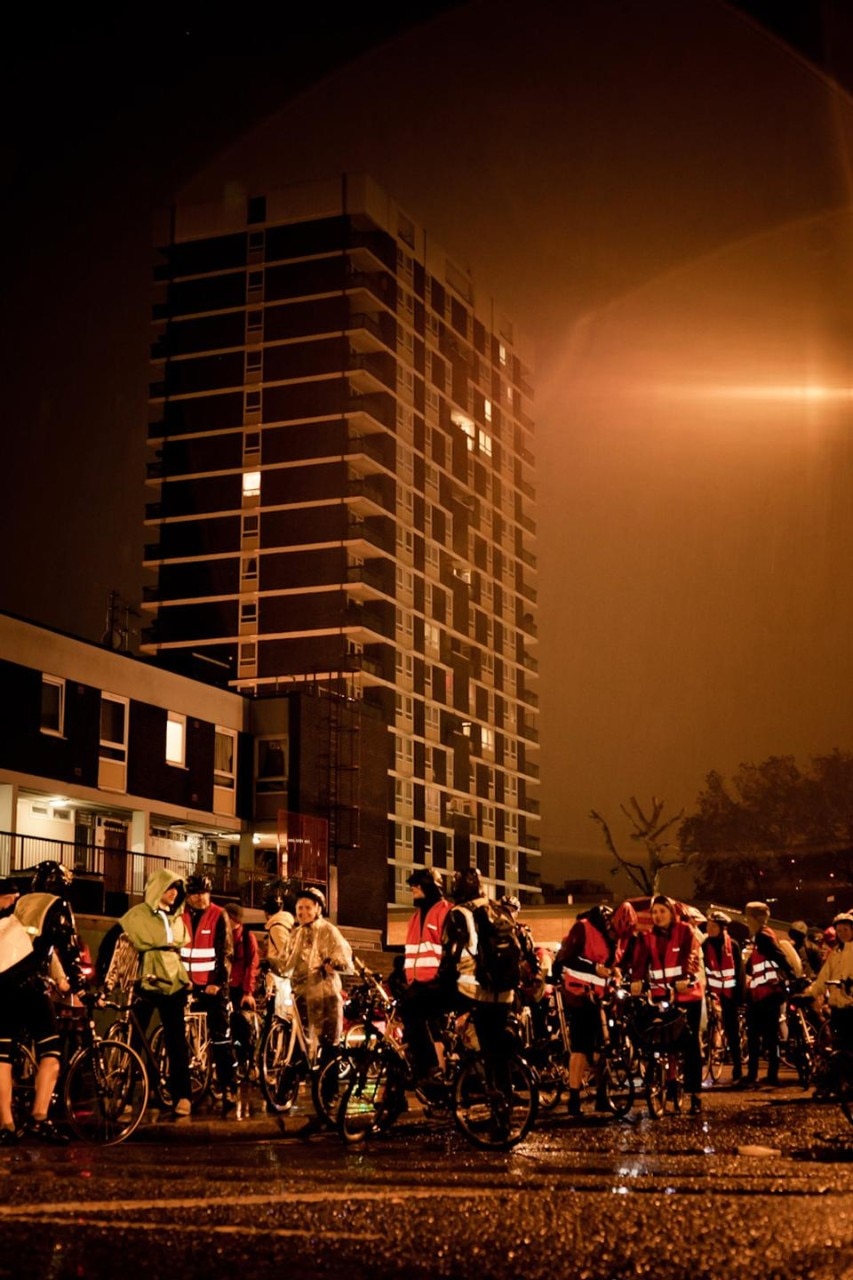
At the dead of night we cross Hackney Road and enter the small and pretty Temple Street, to encounter the modernist elegance of Keeling House by Denys Lasdun, restored not long ago and illuminated for the occasion with multicoloured LEDs by iGuzzini, one of the sponsors.
Not everything goes smoothly. Peter Murray, founder of the LFA tells us "the works around the Olympic site have made it very difficult to find a decent itinerary for crossing Stratford. Worse still, a couple of days before the trip we discovered that one of the cycle routes had been closed for 'security reasons'" Then there is the rain, that becomes almost unbearable: many at the back of the group give up and turn back. Others are simply lost track of.
The London edition is based on a dialogue with various experts in the field of architectural history, each of whom recorded an audio contribution dedicated to a street, a monument, or a particular part of the city
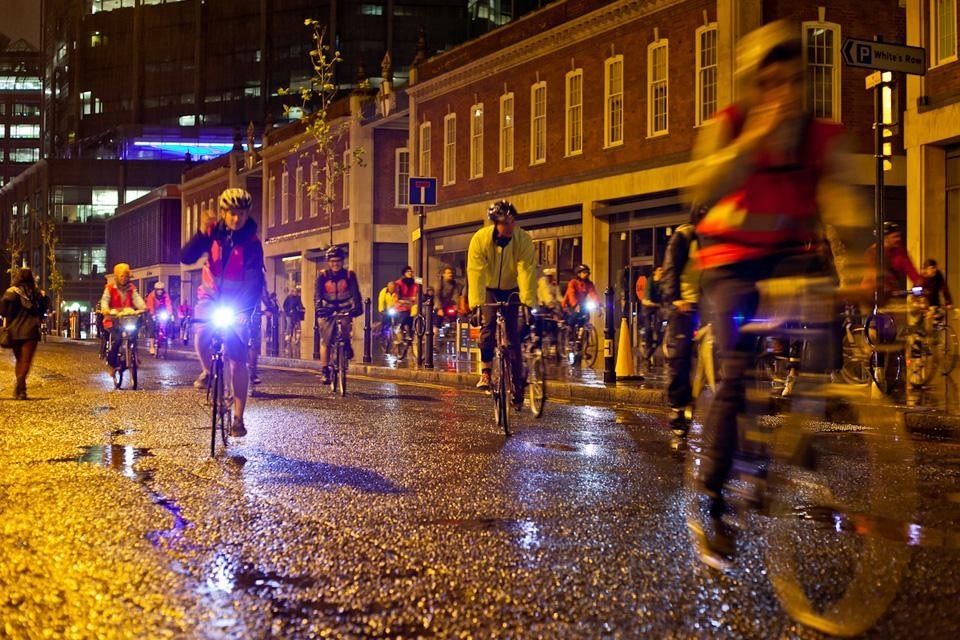
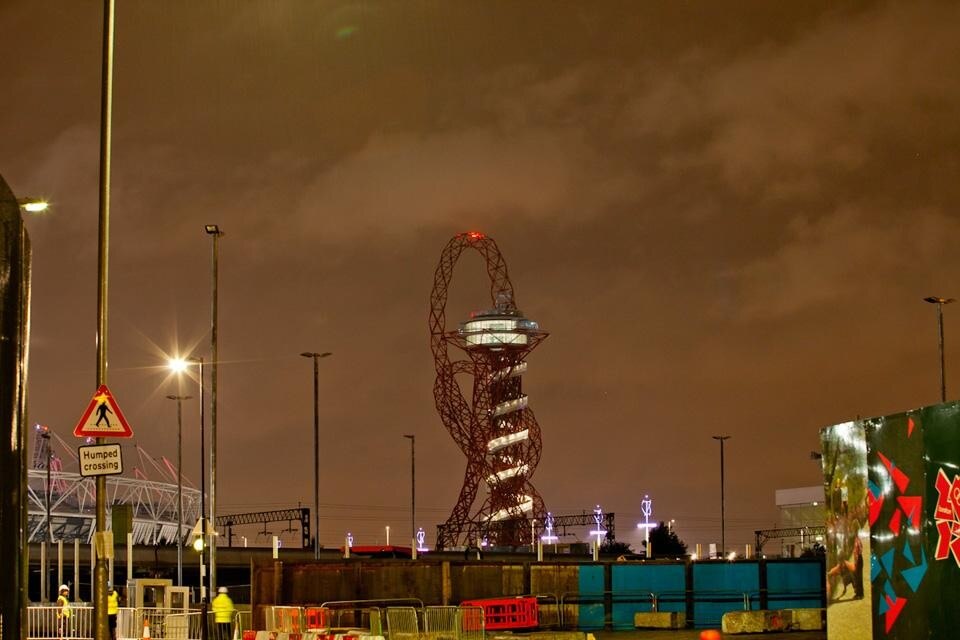
There are plans to publish a guide to the East End with contributions from various authors — including Peter Ackroyd, Ricky Burdett, Clive Dutton, Kathryn Firth, Linda Hirst, Tom Holbrook — in an extended and multi-lingual version. And that's not all. Velonotte New York is planned for 1 October, with Peter Eisenman, Rem Koolhaas, Jean-Louis Cohen acting as guides to the architecture of Manhattan. Paolo Mossetti
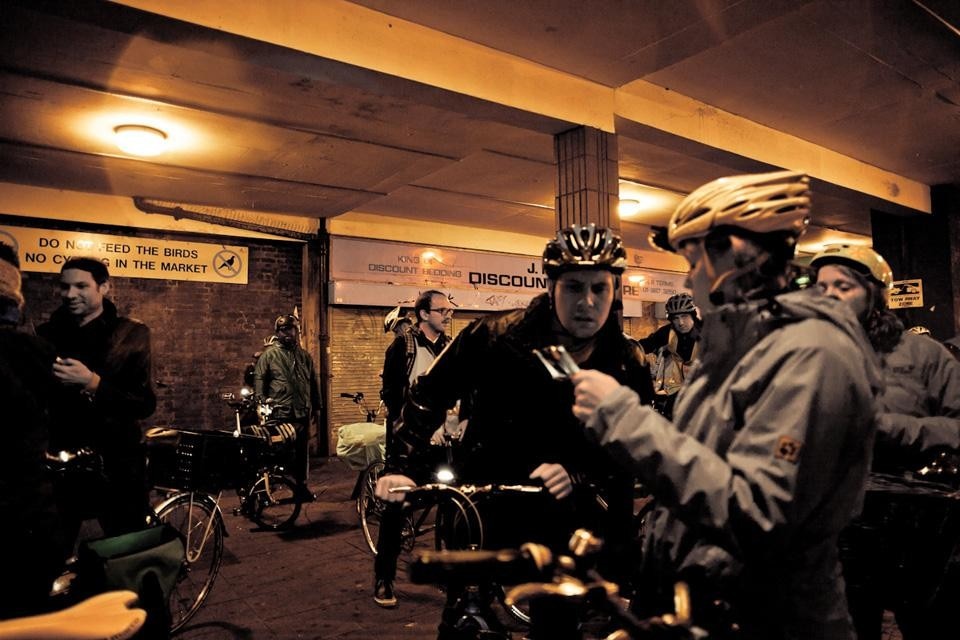
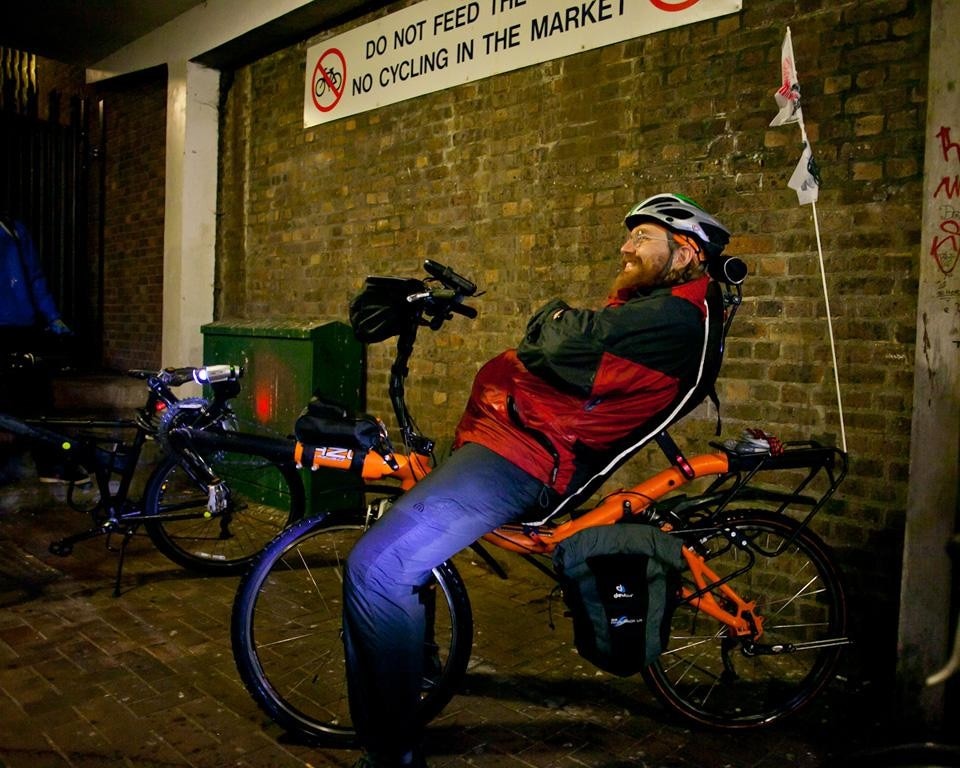
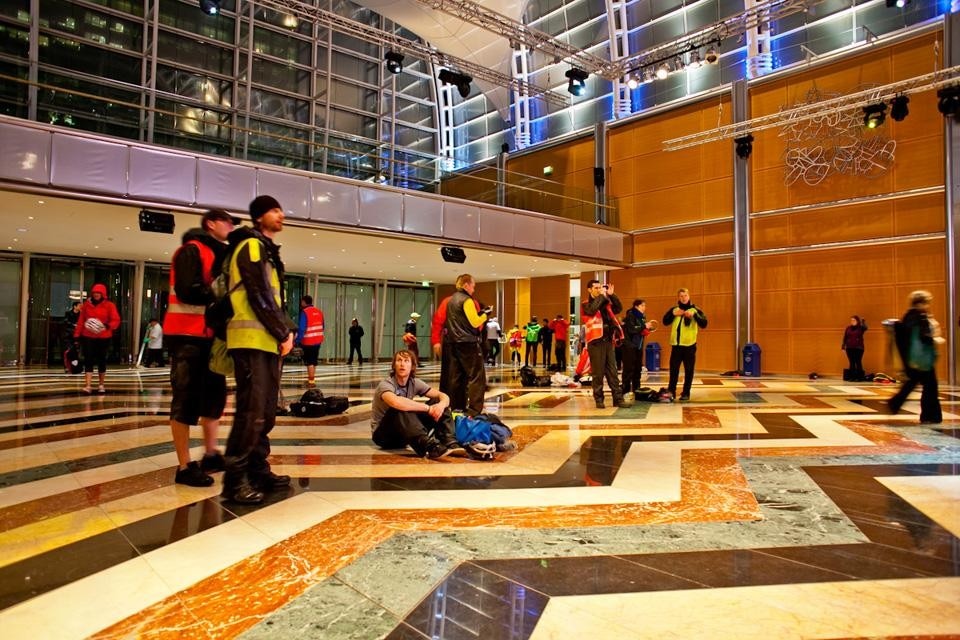
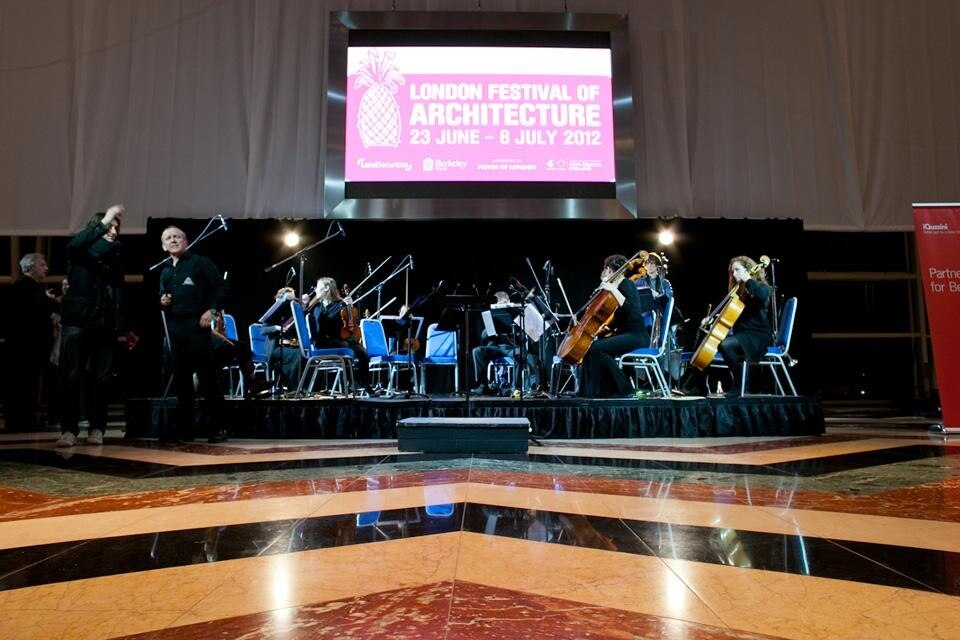
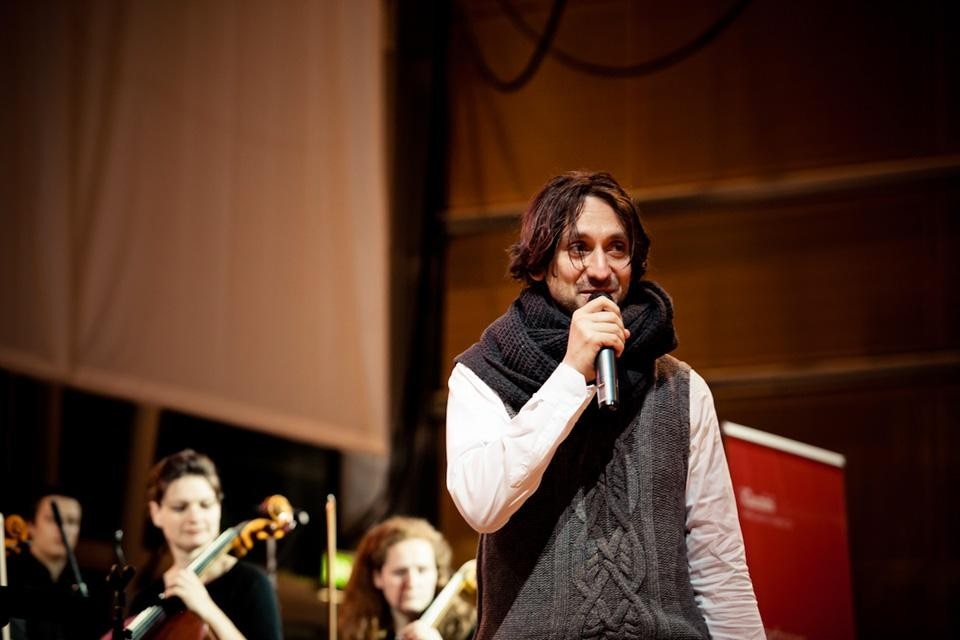

The value of solidity
Riva1920 creates solid wood furniture using certified or reclaimed materials, combining sustainability, high-quality craftsmanship, and timeless design. An Italian excellence focused on durability, transparency, and authenticity.


